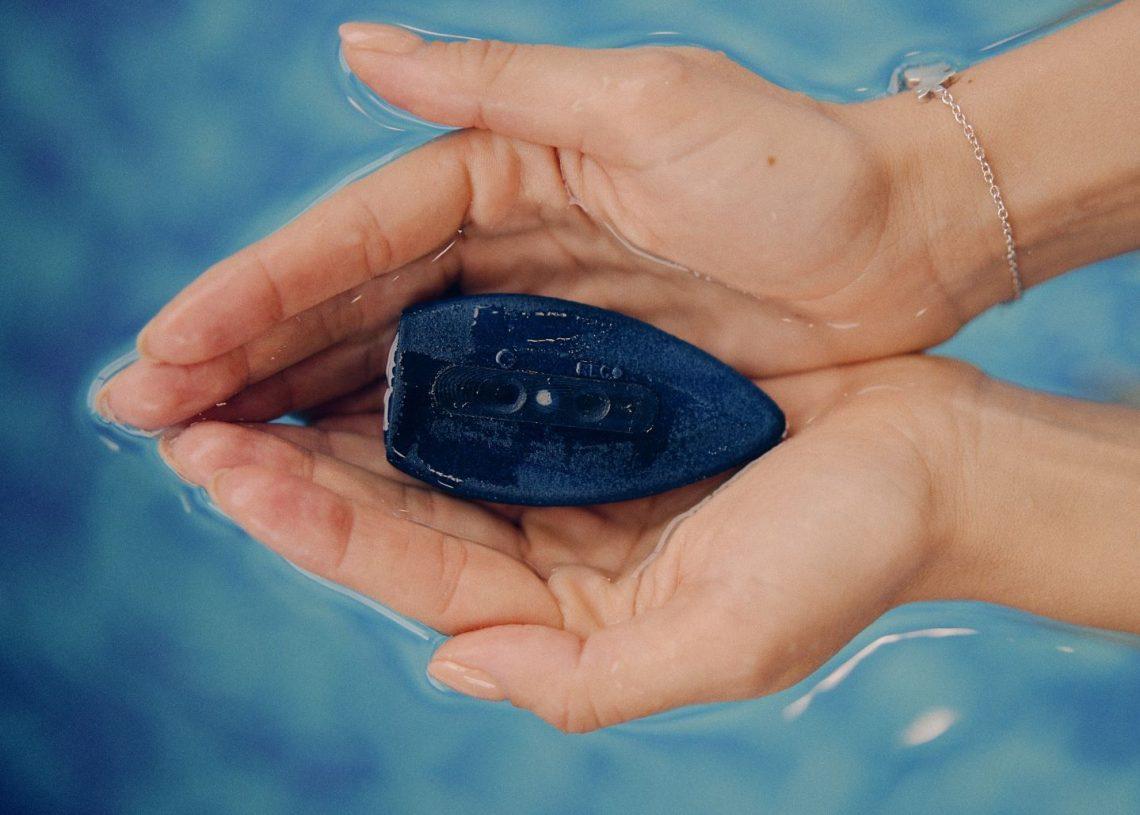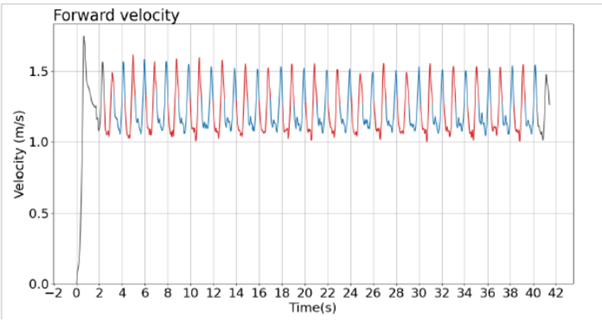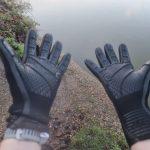
MySwimEdge – Using technology to swim faster
We caught up with Igor Shlyonsky, founder of MySwimEdge to learn how his technology helps swimmers analyse their technique
What was your motivation for creating MySwimEdge?
Swimming is a wonderful sport, but difficult to master, especially for adults. The theory seems simple – reduce drag, increase the power of the strokes, and find the right rhythm. However, assessing improvement in one’s technique is a nuanced endeavour.
Two key indicators are total time per distance and the number of strokes per lap. Some people use SWOLF, which is a combination of these two metrics.
Some people like video analysis. This is useful, of course, but sometimes it is not clear whether visual changes result in better swimming technique. Moreover, every swimmer is different by height, weight, strength and their awareness in the water, which gives the swimmer an accurate assessment of what is right and wrong in her technique.
I wanted a more effective tool to measure the effectiveness of freestyle swimming technique and therefore developed MySwimEdge. This is a small electronic device you fix to your lower back while swimming that gives a you range of useful metrics.
What can you measure with MySwimEdge?
MySwimEdge measures the following metrics for every stroke:
- DPS for every stroke
- Timing of each stroke
- How speed changes during each stroke
- Increase in speed during every stroke
MySwimEdge generates not only metrics and data but graphs as well. These graphs show exactly how the speed changes while swimming. From this we can identify issues with the efficiency of the underwater part of the stroke and the efficiency of the phases of each stroke.
The coaches of the advanced swimmers focus on one or several metrics depending on what they see.
Can you give us an example to explain how this might be useful?
Yes. Several examples in fact. We worked with one coach who was particularly focused on the difference in minimum speed of left and right strokes, another who was focused on the difference in the pattern of speed changes, and the third was interested in the timing of strokes of left and right arms.
Let me show some of the issues the coaches see with just one graph – the graph of how speed changes during the test. The issues are (1) different efficiency of left and right arm strokes; (2) poor efficiency in transition from catch to push phases; (3) poor consistency of the technique.
Let’s start with a graph of a female Olympic open water medallist with a very symmetrical stable and good technique.

The blue line shows the changes during the left arm’s stroke, while the red is for the right arm. We can see this swimmer has a very stable technique. All left arm strokes are similar and all right arm strokes are similar. When we look at the numbers, they confirm that the average distance per stroke is almost identical for the left and right arms, this timing of each stroke is very stable, and the maximum and minimum speeds during each stroke are stable as well.
Now compare this with the same graph from a swimmer with inconsistent technique.

With this you can see both variation between each arm and in the speed change created by each arm.
Our third example shows a swimmer with a stable speed but a big difference in the efficiency of each arm.

Each stroke of the left and right arms is somewhat consistent, but there is a big difference in the efficiency. If you look at the numbers for each stroke, you can see that the DPS for the right arm (1.32 meters) is 40% longer than the left arm (0.77 meters).
How can swimmers and coaches use this information to improve their swimming?
- To improve consistency.
One needs to think about the underwater part of the stroke as much if not more than the recovery phase. Often swimmers think more about the recovery phase or about how the hand enters water, and give second priority to what the arm is doing in the water and how it holds the water.
- To improve symmetry.
Asymmetry is an important source of information and awareness. If you see that the strokes of one arm are more efficient, try to transform your better arm’s technique into your weaker arm. Swimming with a snorkel is helpful to improve symmetry.
- To reduce the secondary decrease in speed during the stroke
If we spot a decrease in speed during the stroke, we need to analyse the causes. For example, it might be a tilt in the palm, a drop in the elbow, extra drag from your legs, or other reasons. Try to focus on each of these areas and monitor the changes. MySwimEdge gives us feedback on things that are hard to spot visually in underwater video, such as the impact of changing the tilt of your hand.
How much data do you need to collect to be useful?
Two laps at a different pace provides you with a good enough amount of information. But there are some other protocols you can use if you want additional information. For example, two laps after warm up and two laps after the main set could be something you would try if you wanted to study the influence of fatigue on technique.
Does a coach or swimmer need any special training to analyse the data?
Not a lot. There are videos with explanations and also you can look at the demo swimmers in the App. You can learn very quickly to get 80% of the information. We also going to use automatic generation of the recommendations.
Based on the data you’ve seen, what are the simplest changes most swimmers could make that would give them a big improvement in their swimming efficiency?
- Understand whether they are over-gliding or not and correct the timing of the stroke.
- Understand which arm strokes are more efficient – and change the technique of the other side.
- Understand how breathing influences the efficiency of the stroke.
- See when the water is slipping during the stroke and correct it.
- An unstable stroke cycle is not good for finding a good rhythm while swimming.
Find out more: https://myswimedge.com/








